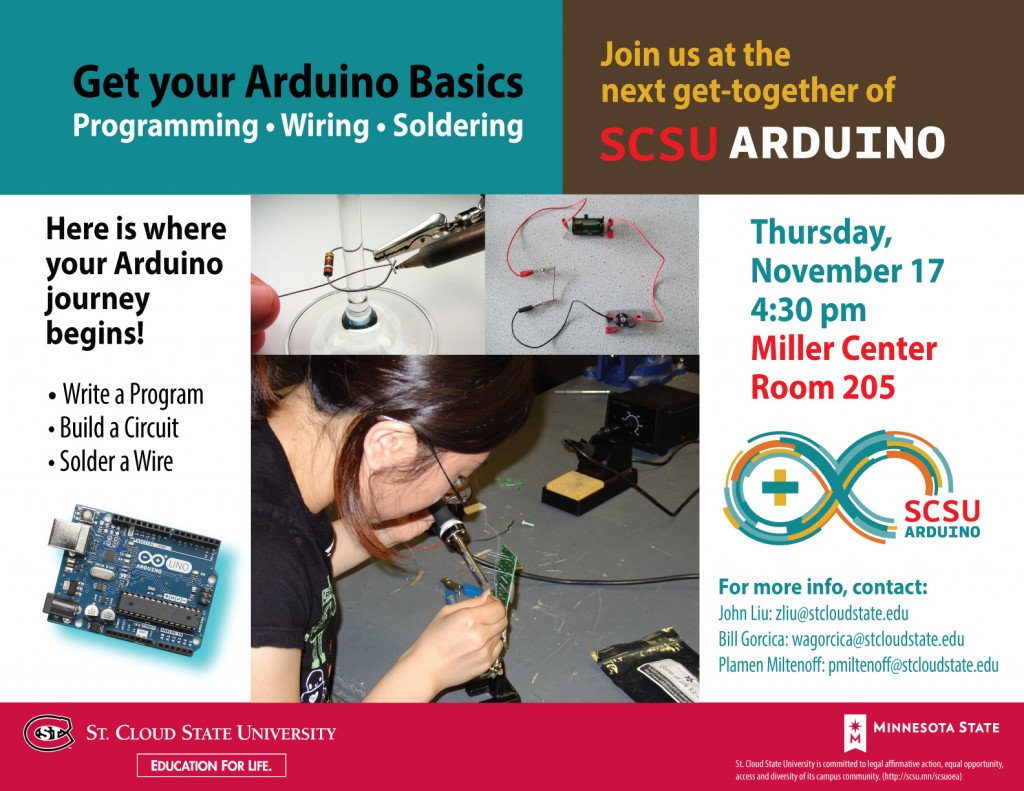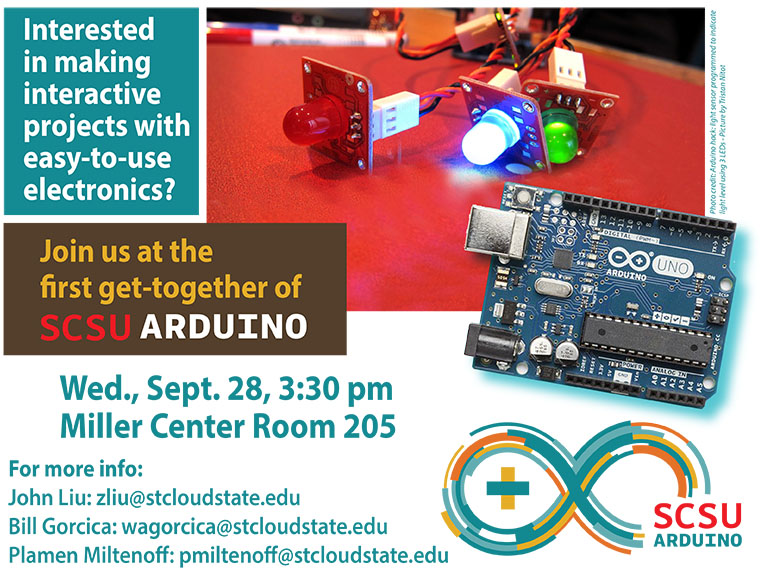LITA listserv exchange on “Raspberry PI Counter for Library Users”
On 7/10/20, 10:05 AM, “lita-l-request@lists.ala.org on behalf of Hammer, Erich F” <lita-l-request@lists.ala.org on behalf of erich@albany.edu> wrote:
Jason,
I think that is a very interesting project. If I understand how it works (comparing reference images to live images), it should still work if a “fuzzy” or translucent filter were placed on the lens as a privacy measure, correct? You could even make the fuzzy video publicly accessible to prove to folks that privacy is protected.
If that’s the case, IMHO, it really is a commercially viable idea and it would have a market far beyond libraries. Open source code and hardware designs and sales of pre-packaged hardware and support. Time for some crowdsource funding! 🙂
Erich
On Friday, July 10, 2020 at 10:14, Jason Griffey eloquently inscribed:
I ran a multi-year project to do counting (as well as attention measurement)
called Measure the Future (http://.measurethefuture.net). That project is i
desperate need of updating….there has been some work done on it at the
> University of OK libraries, but we haven’t seen their code push et. As the
> code stands on GitHub, it isn’t usable….the installation is broken based on
> some underlying dependencies. The Univ of OK code fixes the issue, but it
> hasn’t been pushed yet. But if you want to see the general code and way we
> approached it, that is all available. > Jason
> On Jul 8, 2020, 1:37 PM -0500, Mitchell, James Ray
> <jmitchell20@una.edu>, wrote:
> Hi Kun,
> I don’t know if this will be useful to you or not, but Code4Lib journal
> had an article a couple years ago that might be helpful. It’s called
> “Testing Three Type of Raspberry Pi People Counters.” The link to the
> article is https://nam02.safelinks.protection.outlook.com/?url=https%3A%2F%2Fjournal.code4lib.org%2Farticles%2F12947&data=02%7C01%7Cpmiltenoff%40stcloudstate.edu%7C8d2342df6f3d4d83766508d824e29f23%7C5011c7c60ab446ab9ef4fae74a921a7f%7C0%7C1%7C637299903041974052&sdata=f9qeftEvktqHakDqWY%2BxHTj3kei7idOFAJnROp%2FiOCU%3D&reserved=0
> Regards > James
My note:
In 2018, following the university president’s call for ANY possible savings, the library administrator was send a proposal requesting information regarding the license for the current library counters and proposing the save the money for the license by creating an in-house Arduino counter. The blueprints for such counter were share (as per another LITA listserv exchange). SCSU Physics professor agreement to lead the project was secured as well as the opportunity for SCSU Physics students to develop the project as part of their individual study plan. The proposal was never addressed neither by the middle nor the upper management.
+++++++++++++
more on raspberry pi in this IMS blog
https://blog.stcloudstate.edu/ims?s=raspberry
more on arduino in this IMS blog
https://blog.stcloudstate.edu/ims?s=arduino

